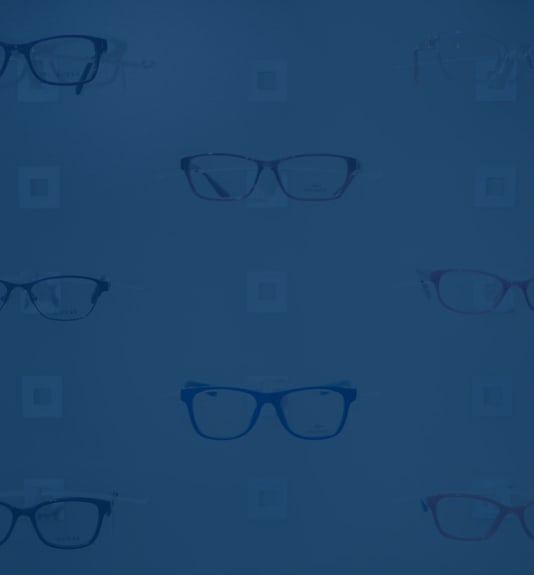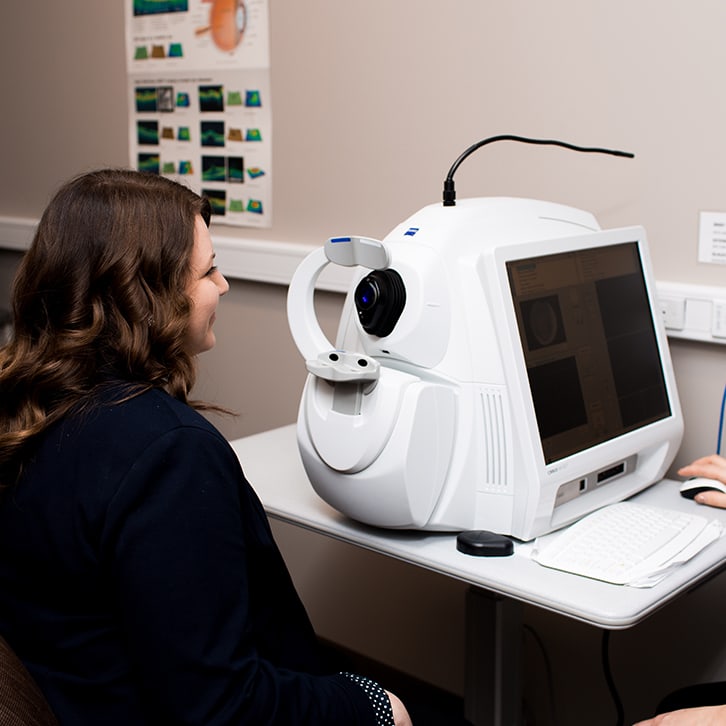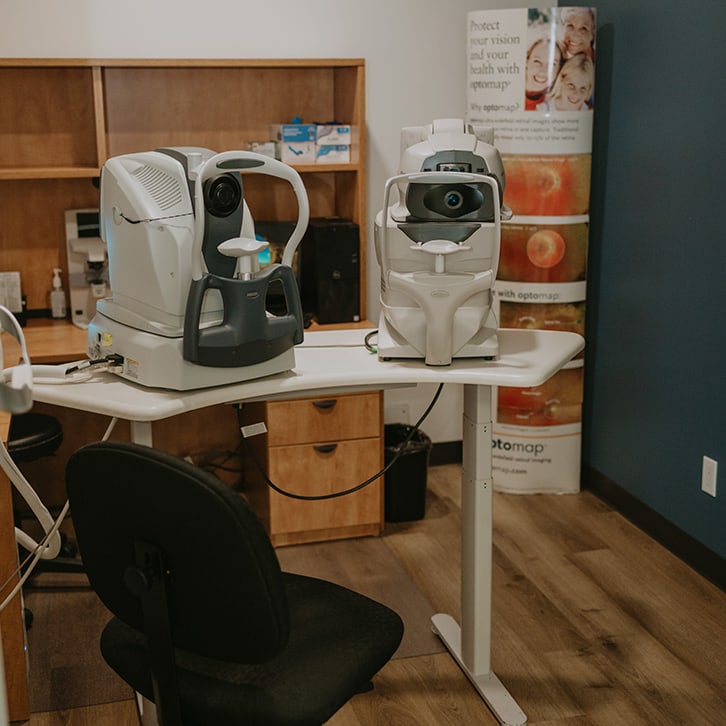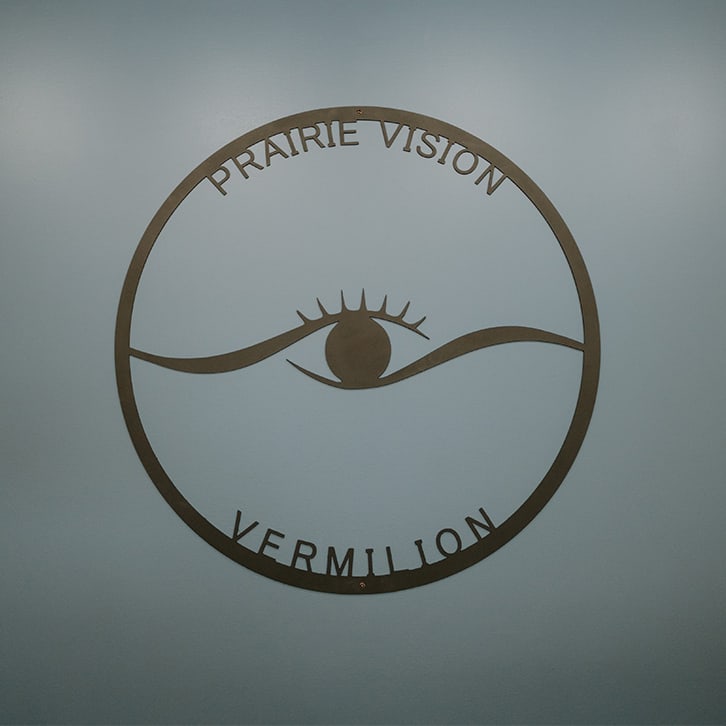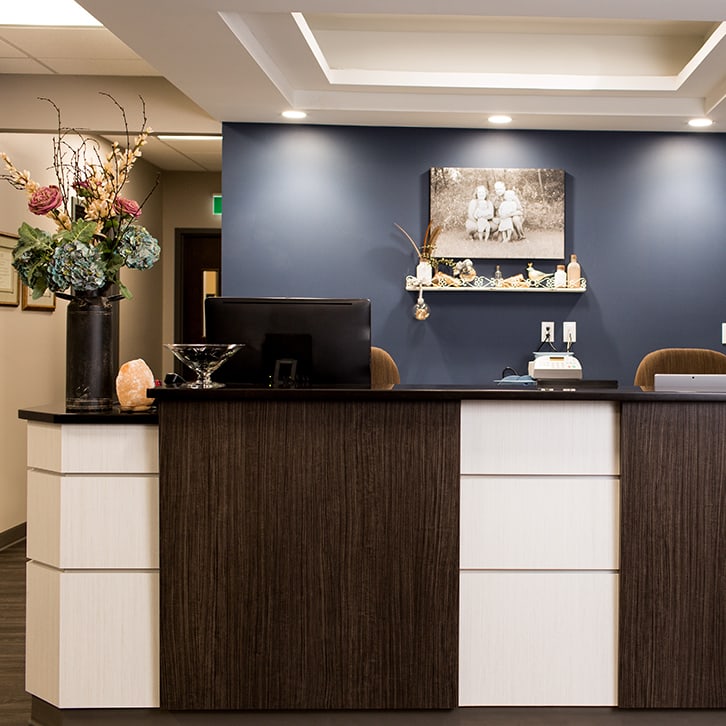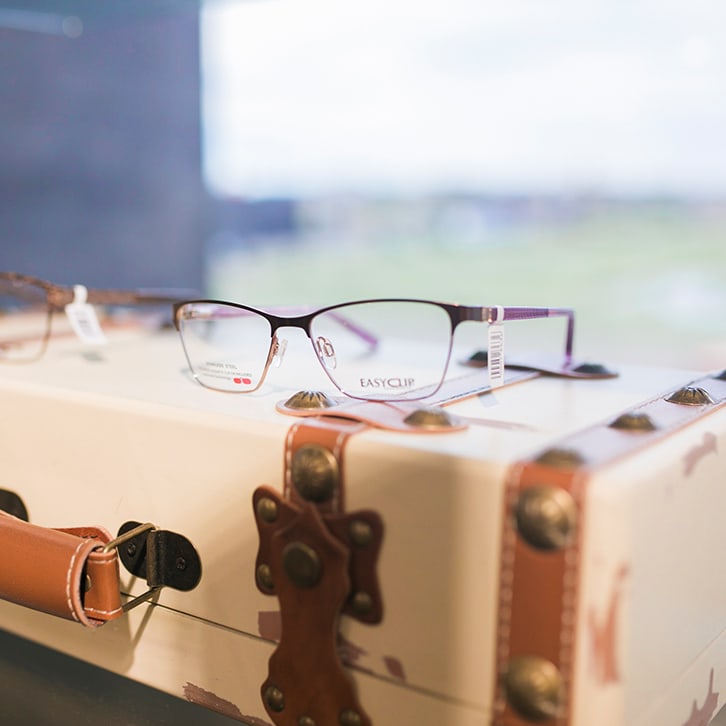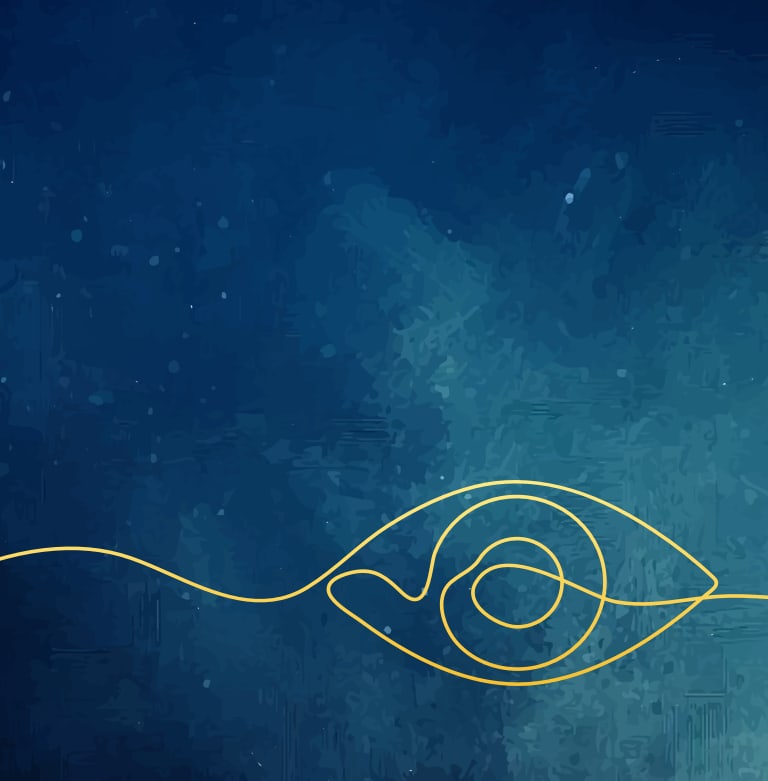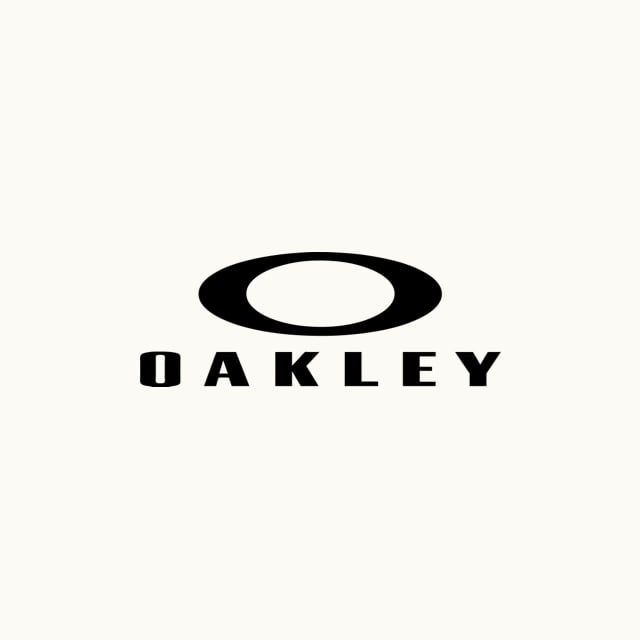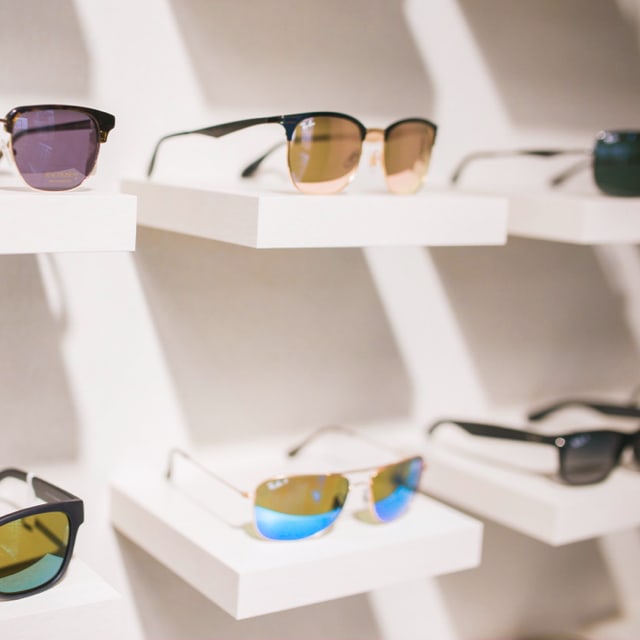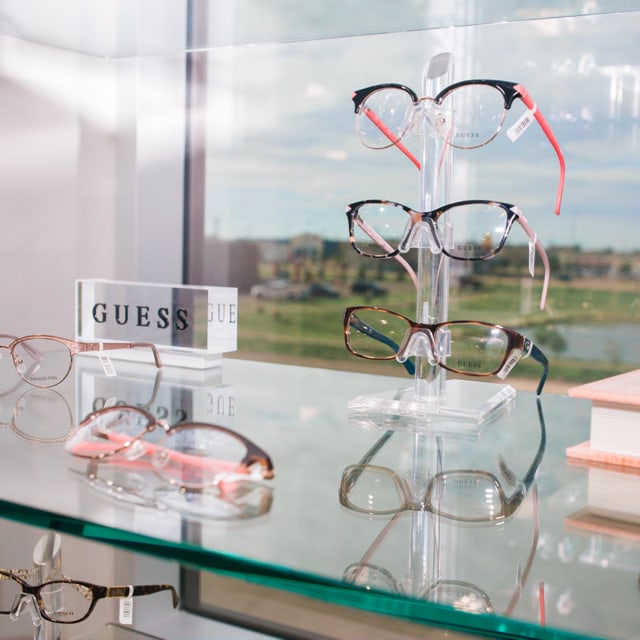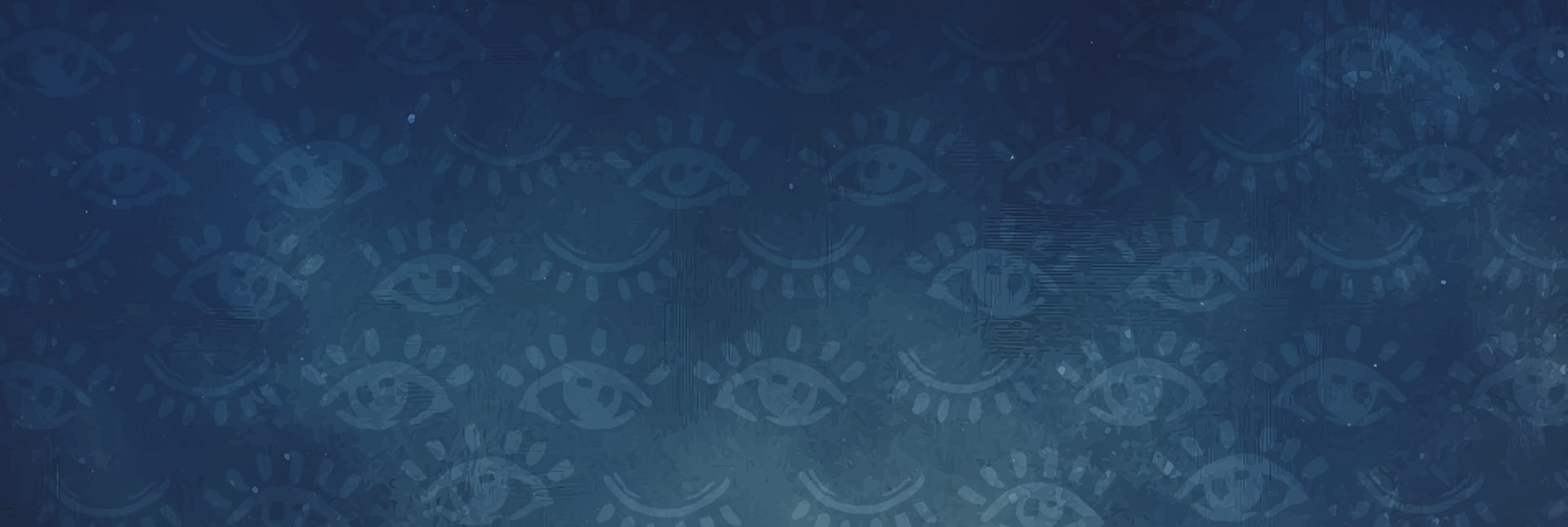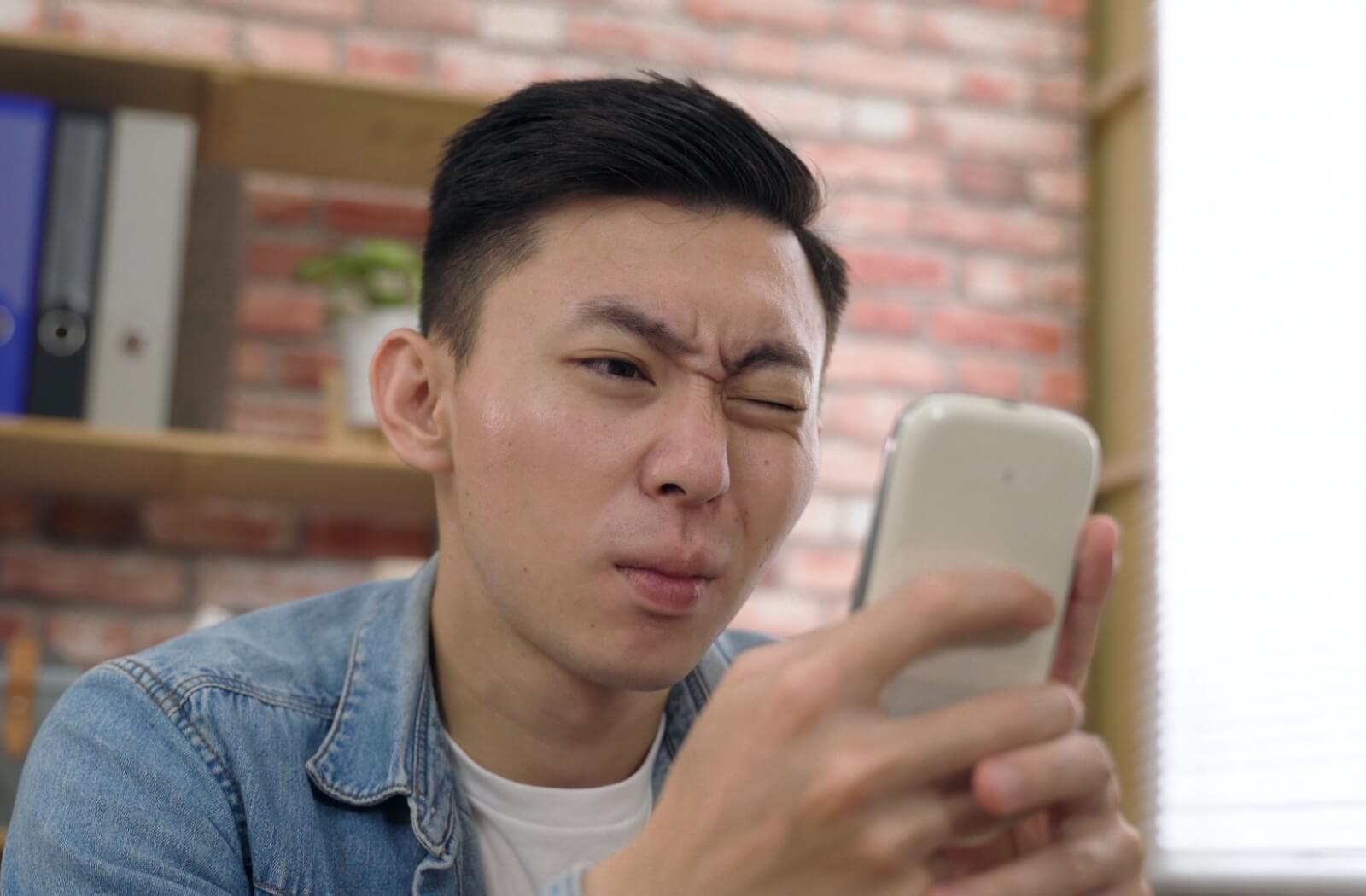Your eyes play an important role in your everyday life, but that doesn’t mean they’ll always be perfect. Refractive errors, like myopia and hyperopia, affect millions of people in Canada. While they share some symptoms and can both be treated with the help of your optometrist, there are some key differences between myopia and hyperopia.
Myopia, commonly known as nearsightedness, refers to the ability to see nearby objects clearly while distant objects appear blurry. On the other hand, hyperopia, also known as farsightedness, is characterized by clear vision of distant objects but difficulty focusing on nearby objects.
What Is Myopia?
Myopia is one of the most common eye conditions. It usually develops when you’re younger, typically beginning around when a child enters school and continues progressing until early adulthood. This refractive error affects the way light enters the eye, causing it to focus at the wrong point on the retina.
When your eye is healthy, light enters through the clear front part. It refracts, or bends, to a singular focal point located on the retina. When you have myopia, your eye is slightly too long, or the cornea is too curved. This causes the light rays to bend, reaching a focal point in front of the retina rather than on it.
This causes distant objects to look blurry while nearby objects can be seen clearly. Myopia can be corrected with the use of eyeglasses or contact lenses. However, when you aren’t using any form of vision correction, myopia causes:
- Blurry vision
- Squinting
- Eye strain
- Headaches
What Is Hyperopia?
Hyperopia occurs when the eye is shorter than normal, or the cornea is too flat, causing light to focus behind the retina.
This condition may be diagnosed less often than nearsightedness. Children experiencing farsightedness may have trouble focusing on reading or writing and may have difficulty seeing the blackboard in school. They may not be able to stay focused on their schoolwork since their eyes can’t focus on nearby objects. This can often appear like the child simply has attention issues or isn’t interested in what they’re reading.
Fortunately, myopia can be diagnosed by an optometrist during a children’s eye exam or a regular comprehensive eye exam if you’re an adult worried about your vision. Similar to myopia, hyperopia can be treated with eyeglasses and contacts.
However, if you aren’t using something to correct your vision, hyperopia often causes:
- Blurry vision
- Difficulty focusing on nearby objects
- Eye strain caused by forcing the eyes to focus on nearby objects or tasks
- Squinting
- Eye fatigue
- Discomfort
In some situations, hyperopia can even cause double vision. It’s important to remember that everybody’s eyes are different, and these common conditions affect every person slightly differently. Many of these symptoms can also be caused by other common eye conditions, so if you or your child are experiencing any, you should visit an optometrist.
The Difference Between Myopia & Hyperopia
While both myopia and hyperopia are forms of refractive error, they each affect vision in a different way. The key difference lies in the ability to see objects at varying distances. Think of it like this:
- With myopia, objects nearby are clear, while they get blurry the further they are from your eye
- With hyperopia, nearby objects are blurry and get clearer the further away they get
These conditions are often thought of as each other’s opposites due to this!
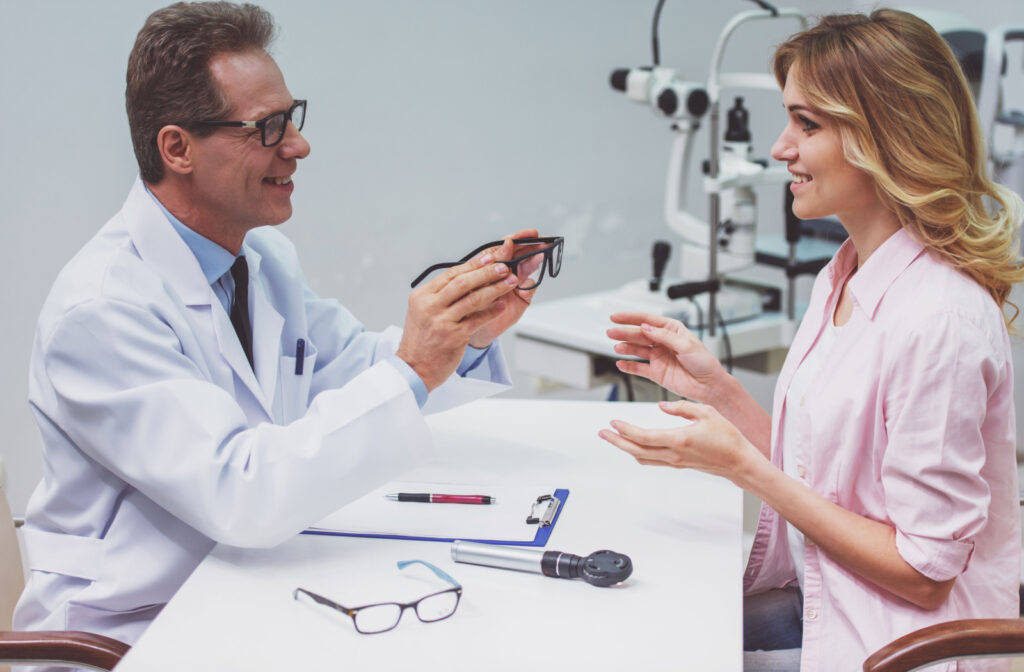
Treatment for Myopia & Hyperopia
Both of these conditions are treatable. For adults, the options are similar for each condition:
- Eyeglasses
- Contact lenses
- Corrective surgery
However, when correcting a child’s nearsightedness, the options become a little more advanced. There are specialty contacts that can be worn overnight or during the day to directly counteract how these conditions develop. These include:
- MiSight contact lenses which utilize rings built into the glasses to help the eye see clearly at different distances.
- MiyoSmart eyeglass lenses which produce similar results by forcing the eye to use different parts of your vision.
Treating Vision Problems
At Prairie Vision, we pride ourselves on providing comprehensive eye care. Your vision is in good hands with us, and we’re here to help you with your eye problems.
Myopia and hyperopia are common, and our team of optometrists is experienced in treating these refractive errors. Book an appointment with us today.


